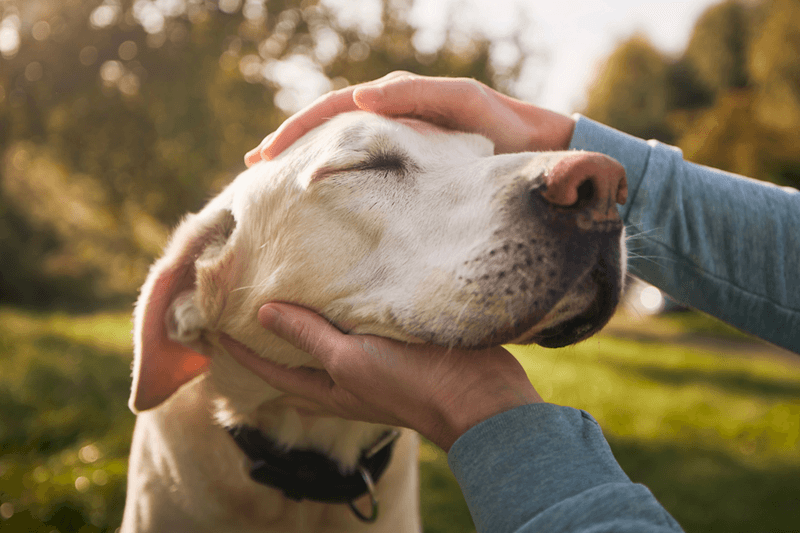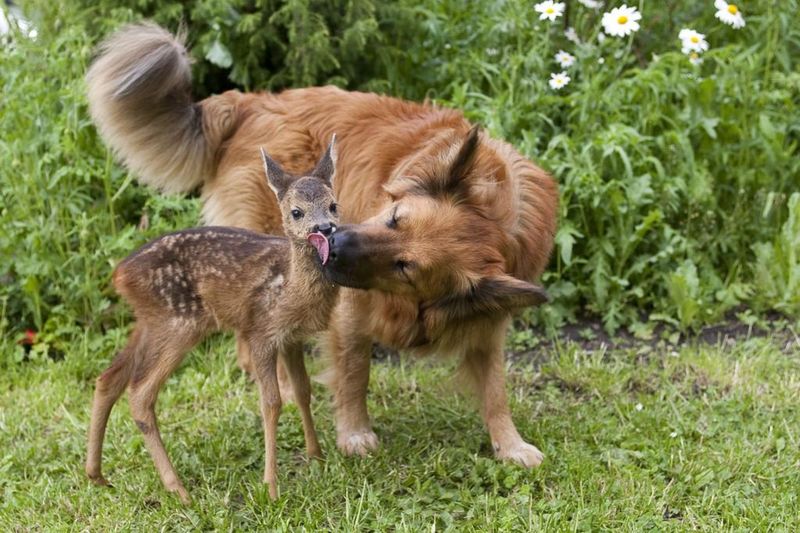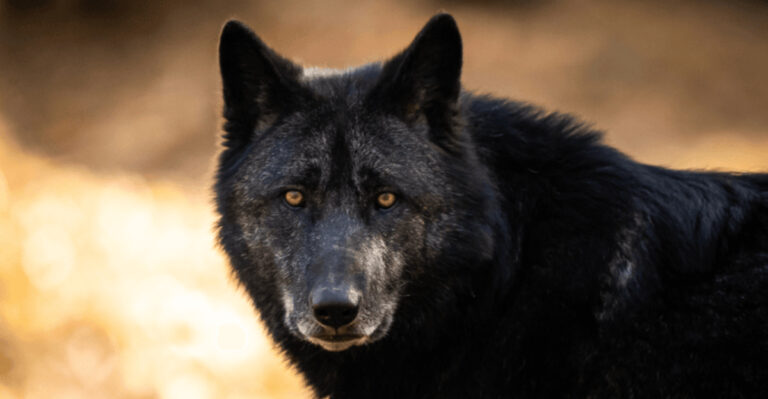15 Things We Still Have To Learn About Dog Emotions, According To Scientists

Ever wonder what’s going on in your furry friend’s head? While we’ve made great strides in understanding canine behavior, scientists are still scratching the surface when it comes to dog emotions.
Our four-legged companions clearly experience feelings, but the depth and complexity of their emotional lives remain surprisingly mysterious to researchers.
1. The Depth Of Canine Grief

When dogs lose a companion, they often show signs we interpret as sadness. But researchers still debate whether dogs experience grief similarly to humans or if their behavioral changes stem from disrupted routines.
The duration and processing of canine grief remains largely unmapped, with scientists wondering if dogs have emotional memory systems that allow them to mourn long-term.
2. Jealousy Or Resource Guarding?

That nudge when you’re petting another dog might seem like jealousy. Scientists have documented behaviors that resemble human jealousy, but struggle to determine if it’s the same emotion or simply resource protection instincts.
Recent studies suggest dogs may indeed experience a primitive form of jealousy, though we’re far from understanding its complexity or evolutionary purpose.
3. Complex Feelings Of Guilt

Those guilty looks after chewing your slippers might not be what they seem. Research suggests the “guilty look” may actually be a response to human disappointment rather than true remorse.
Scientists question whether dogs connect their past actions with current consequences in ways that could generate genuine guilt, or if we’re simply projecting human emotions onto their reactions.
4. Emotional Contagion Mechanisms

Your dog seems to know when you’re sad, often coming to comfort you. This phenomenon, called emotional contagion, remains poorly understood in canines.
Researchers are investigating whether dogs actually “catch” our emotions through biological mechanisms similar to empathy, or if they’ve simply learned that certain human expressions predict specific outcomes.
5. Love Vs. Attachment

Behind those adoring puppy eyes lies a mystery: do dogs feel genuine love or merely attachment? Brain scans show dogs’ reward centers light up when smelling their owners, similar to human love responses.
Yet scientists still debate whether canine “love” involves the complex emotional dimensions humans experience, or if it’s primarily a survival-based attachment system developed through domestication.
6. Boredom And Frustration States

Destructive behaviors often get labeled as boredom or frustration, but scientists haven’t fully mapped these emotional states in dogs. The canine experience of monotony might be entirely different from human boredom.
Researchers are working to distinguish between true emotional frustration and simple energy displacement when dogs act out, seeking better ways to address these distinct needs.
7. Embarrassment Or Submission?

When your dog slinks away after a failed jump or awkward tumble, is that embarrassment? The scientific community remains divided on whether dogs can feel self-conscious emotions like embarrassment.
What looks like canine shame might actually be submission signals or responses to perceived human disappointment, rather than complex self-evaluative emotions requiring advanced self-awareness.
8. Happiness Beyond Excitement

A wagging tail doesn’t always signal joy – sometimes it indicates arousal or uncertainty. Scientists are still working to identify reliable markers of genuine canine happiness versus simple excitement.
Researchers question whether dogs experience contentment and satisfaction in ways comparable to humans, or if their emotional spectrum centers more on immediate states rather than reflective happiness.
9. Dream-Based Emotions

Those twitching paws and whimpers during sleep suggest dogs dream, but do they experience emotions during these states? Brain scans show activity in emotional centers during REM sleep, similar to humans.
Scientists wonder if canine dreams generate genuine feelings that influence waking emotions, or if their dreams function differently from ours in emotional processing and memory consolidation.
10. Emotional Intelligence Variations

Some dogs seem remarkably tuned into human emotions while others appear oblivious. Researchers haven’t fully determined whether these differences stem from genetics, breed tendencies, or individual learning experiences.
The extent to which emotional intelligence varies among dogs remains largely unexplored, raising questions about how we might better measure and develop this capacity in our companions.
11. Processing Of Emotional Trauma

Rescue dogs often show behavioral changes suggesting emotional trauma, but scientists still don’t fully understand how canines process distressing experiences. The canine healing timeline differs significantly from human patterns.
Researchers question whether dogs experience flashbacks or emotional triggers similar to PTSD in humans, or if their trauma manifests through different neurological pathways altogether.
12. Nostalgia And Long-Term Memory

When dogs encounter familiar people after years apart, their excited reactions suggest recognition. But scientists debate whether dogs experience nostalgia or emotional memories like humans do.
The relationship between canine long-term memory and emotional states remains largely unexplored, raising questions about how past experiences color their present emotional responses to people and places.
13. Cross-Species Emotional Bonds

Dogs form surprising friendships with cats, birds, and even elephants. These cross-species attachments puzzle scientists who question whether these bonds involve the same emotional mechanisms as dog-to-dog or dog-to-human relationships.
Researchers wonder if dogs experience different emotional qualities with different species, or if their attachment systems function universally regardless of the companion’s species.
14. Future Anticipation Feelings

Dogs get excited when you grab the leash, suggesting they anticipate future events. But scientists debate whether this represents true emotional anticipation or simply conditioned responses to familiar cues.
The extent to which dogs emotionally project into the future remains uncertain, raising questions about their experience of time and how it shapes their emotional lives in ways different from humans.
15. Musical Emotional Responses

Some dogs howl to specific songs or appear calmed by classical music. Initial studies show music affects canine behavior, but scientists haven’t determined whether dogs experience emotional responses to music similar to humans.
Researchers question if dogs perceive musical elements like melody and rhythm, or if their reactions stem from volume, pitch, or learned associations rather than aesthetic appreciation.






